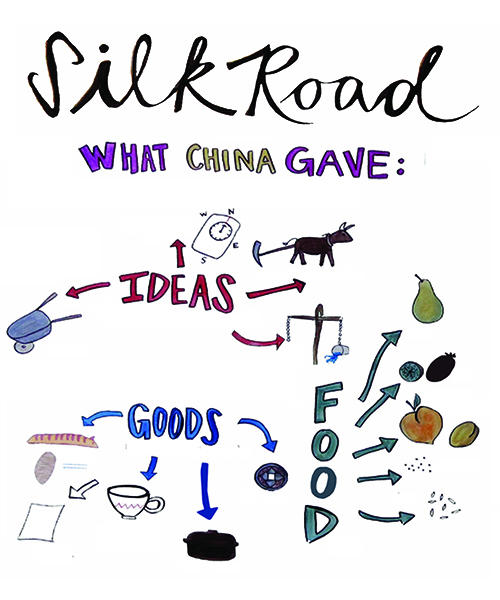- Extra-firm tofu
- Carrots
- Napa or Savoy cabbage
- Scallions
- Cilantro
- Soy sauce
- Hoisin sauce
- Sesame oil
- Salt
- Fresh ginger
- Garlic (optional)
- Pepper
- Small wonton wrappers
INgredients For the Dipping Sauce
- Soy sauce
- Black vinegar
- Sesame oil
- Sambal oelek (chili sauce)





